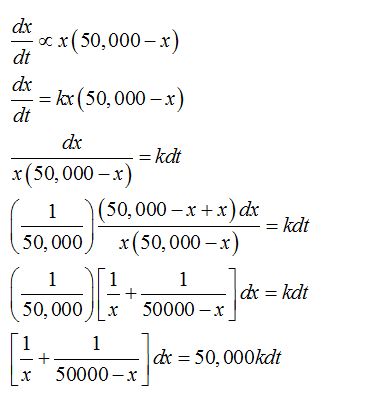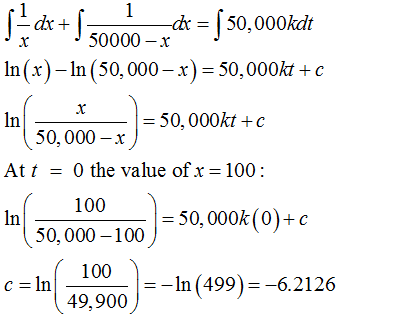A company isusing Newspaper advertising tointroduce a new product to a community of 50,000 people.It was assumed that the rate at which people learn about the new product is proportional to the product of the number of people who have heard about it and the number of people who have not heard about it. If 100 individuals were aware of the product initially and 500 people were aware about it after 10 days of the campaign i) How many people will be aware of the product after 20 days? ii) When will half of the community be aware of the product?
Contingency Table
A contingency table can be defined as the visual representation of the relationship between two or more categorical variables that can be evaluated and registered. It is a categorical version of the scatterplot, which is used to investigate the linear relationship between two variables. A contingency table is indeed a type of frequency distribution table that displays two variables at the same time.
Binomial Distribution
Binomial is an algebraic expression of the sum or the difference of two terms. Before knowing about binomial distribution, we must know about the binomial theorem.
A company isusing Newspaper advertising tointroduce a new product to a community of 50,000 people.It was assumed that the rate at which people learn about the new product is proportional to the product of the number of people who have heard about it and the number of people who have not heard about it. If 100 individuals were aware of the product initially and 500 people were aware about it after 10 days of the campaign
i) How many people will be aware of the product after 20 days?
ii) When will half of the community be aware of the product?
The total number of people in the community is 50, 000. Suppose that the number of people who have heard about it is x and the number 50,000 – x people have not heard about it.
Now, the rate at which the people learn about the new product is:

Integrating both sides:

According to the question after 10 days of the campaign 500 people were aware about it:

Step by step
Solved in 6 steps with 6 images









